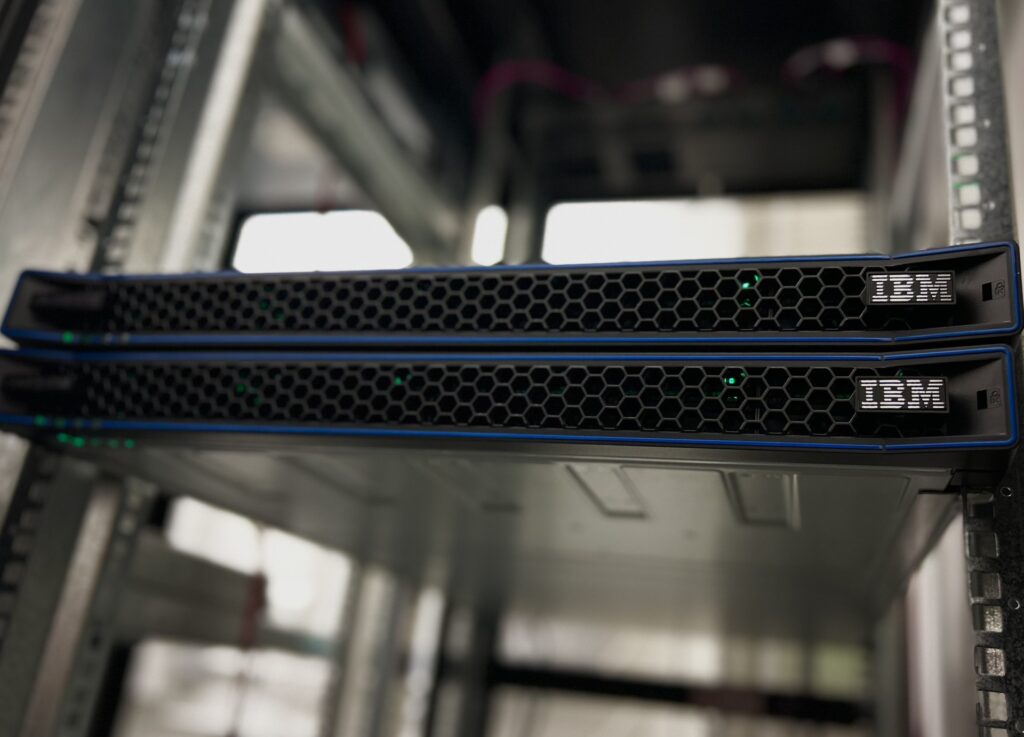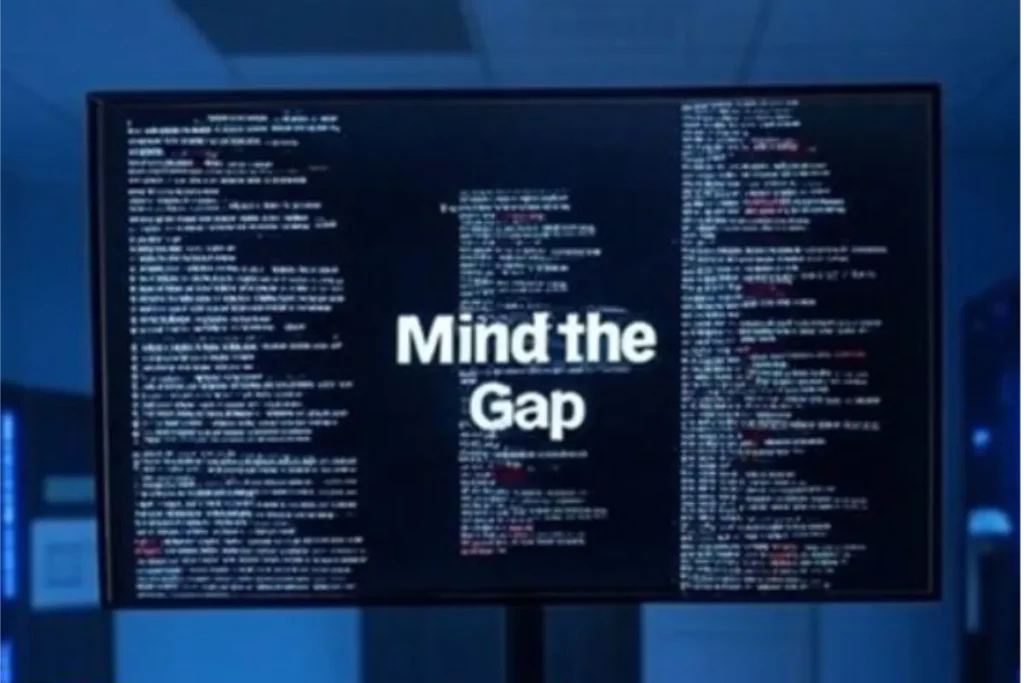From Backup to Built-in Resilience

If Your Organisation Was Hit by a Cyber Attack Tomorrow, Would You Be Ready? When we talk about cyber security, prevention usually dominates the conversation. But when an attack actually happens, one question matters more than any other: can your business recover? Why Backup Strategy Determines Resilience Backup strategies deserve far more attention than they […]
Mind the Gap! #3 – Misconfigurations

Security misconfigurations often fly under the radar because they’re not as immediately visible as a glaring software vulnerability or a high-profile zero-day exploit. However, they can be just as dangerous – if not more so. A misconfiguration is essentially a security setting that has been incorrectly or incompletely set up, leaving a door open for […]
Mind the Gap! #2 – Bridging the Human Factor

When discussing cybersecurity, it’s easy to get caught up in the latest technologies: state-of-the-art firewalls, AI-driven threat intelligence, and advanced endpoint protection. However, a robust security posture isn’t just about hardware and software – it also hinges on people. Humans can be your greatest security asset, but they can also be your most significant vulnerability. […]
Mind the Gap! #1 – The Unseen Vulnerabilities
Organisations, both large and small, face a growing number of security challenges. Many security measures traditionally focus on adding new technology layers – firewalls, antivirus tools, endpoint detection systems, and so on. Yet, while these solutions remain critical, there is a different angle that often goes unnoticed: the hidden or “unseen” vulnerabilities known as security […]
Understanding the Kill Chain: Action on Objections

The final stage of the Cyber Kill Chain, action on objectives, represents the culmination of an attacker’s efforts. At this stage, attackers attempt to achieve their goals, which could include data theft, deploying ransomware, causing system damage, or establishing long-term persistence within the network. This is the point where an attack has the greatest potential […]
Understanding the Kill Chain: Command and Control

In the command and control (C2) stage of the Cyber Kill Chain, attackers establish a communication channel between themselves and the compromised systems. This channel acts as a lifeline, enabling attackers to control infected devices, exfiltrate data, and deploy additional payloads. Without a reliable C2 connection, attackers lose the ability to operate within the target […]
Understanding the Kill Chain: Installation

Once attackers successfully exploit a vulnerability, their next step in the Cyber Kill Chain is installation. This stage involves embedding malicious code or backdoors within the compromised system, enabling persistent access to the network. Installation is critical for attackers, as it allows them to execute their objectives without the need to re-establish access. For organisations, […]
Understanding the Kill Chain: Exploitation

The exploitation stage of the Cyber Kill Chain is where attackers attempt to take advantage of a vulnerability in the target system to execute their payload. This step marks the point where an attack transitions from preparation to execution. Whether it’s exploiting a software vulnerability, tricking a user into running malicious code, or leveraging misconfigurations, […]
Understanding the Kill Chain: Delivery

Once attackers have successfully weaponised their malicious tools, the next step in the Cyber Kill Chain is delivery. This stage involves transmitting the crafted payload to the intended target. Common delivery methods include phishing emails, malicious attachments, compromised websites, and even physical media like USB drives. This step is critical because it bridges the gap […]
Understanding the Kill Chain: Weaponisation

After gathering intelligence during reconnaissance, attackers move to the weaponisation phase of the Cyber Kill Chain. In this stage, they convert the information they’ve collected into a malicious payload, preparing to exploit vulnerabilities and infiltrate their target. Weaponisation often involves creating malware, phishing links, or custom exploits designed to evade detection and bypass defences. This […]
